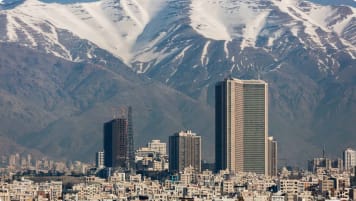Queen Victoria's Britain: The Definitive Guide for Travellers
Article for educational small group tours of England for senior couples and mature single travellers. Queen Victoria, Britain's longest serving monarch through most of the Industrial revolution and rural life and the Empire is discussed in this article.
24 Sep 21 · 10 mins read
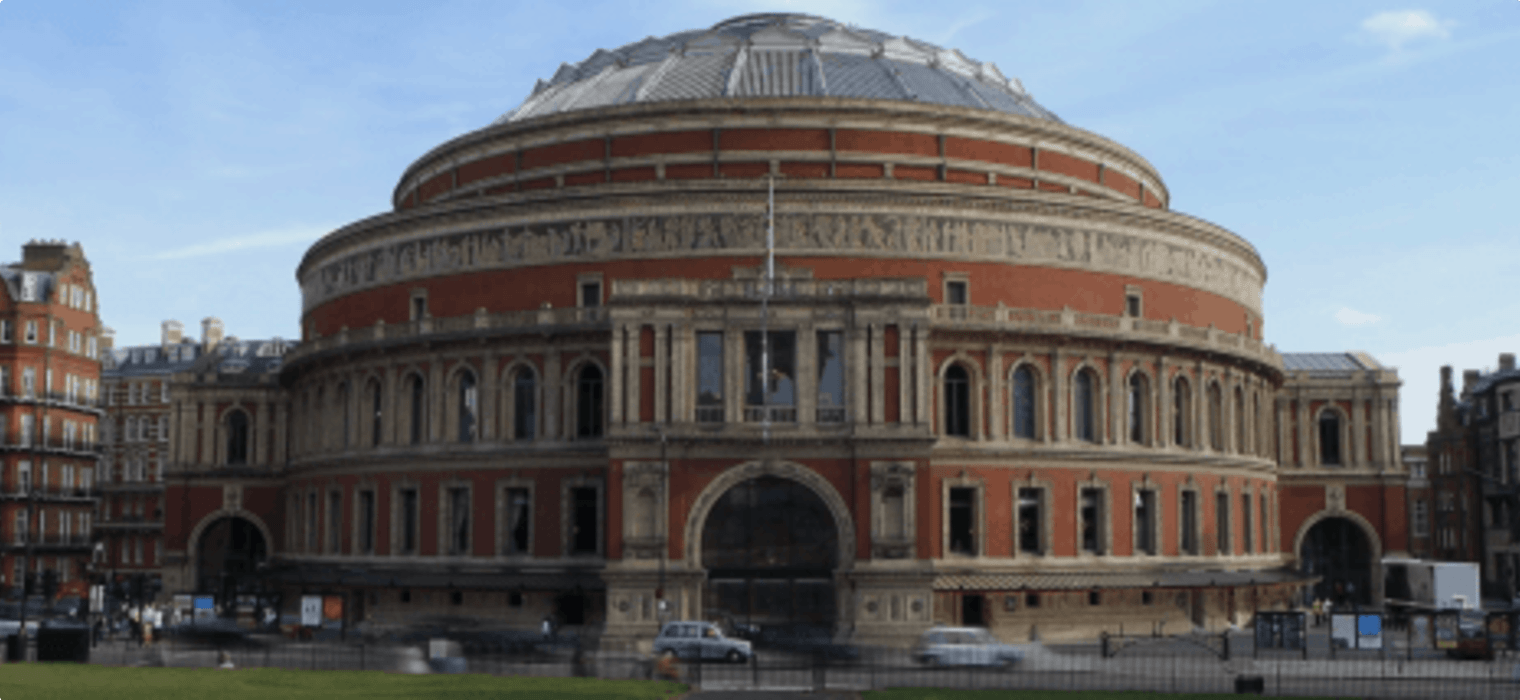
Victoria’s Britain (Part 1 of 2)
This two-part article on Queen Victoria’s Britain was prepared by one of our Odyssey Program Leaders, Mal Bock. She will be leading this small group tour especially designed for senior travellers.
Mal Bock grew up and was educated in south-western NSW and after two years at Wagga Wagga Teachers College started teaching in 1970. She spent the next 34 years teaching English and History in a variety of NSW high schools with time off for travel and to complete a BA at Sydney University in 1985.
After retiring in 2004 Mal continued to indulge her love of travel and tries to spend two or three months each year in some distant part of the globe. A lot of this time has been spent in Europe and the UK but visits have also been made to Africa (including Rwanda), South America, Asia and the United States.
Mal has led multiple Odyssey Traveller tours in the past few years and teaches at Odyssey Summer Schools in Tasmania.
This tour takes the traveller on a journey through Victoria’s Britain. This was an era of enormous change, change which occurred in almost all areas of life. Developments in technology, science, medicine, politics, art and architecture changed the lives of people from every walk of life, and laid the foundations for the way we live today.
This is one of our popular tours. We will have a full day tour of many cities with a focus on Victorian history and Victorian architecture with our local guide. From our centrally located accommodation, we will explore places of interest: a relaxing stroll through beautiful scenery, an informative walk through historic royal palaces, and a filling meal with like-minded folks at a local restaurant or any of Britain’s numerous pubs. We will also learn more about Queen Victoria, who, by the time of her Diamond Jubilee Procession in 1897, was Empress of India and the reigning monarch of over a quarter of the globe.
You can click through to our tour page to see the full itinerary. For now, let’s take a closer look at the changes that Britain experienced during her long reign.
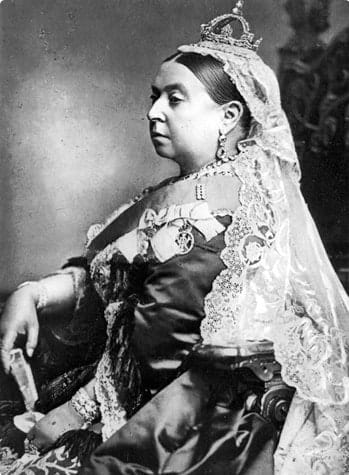
Victoria came to the throne in 1837 and remained there until 1901, the longest reigning monarch in English history. During this period the British Empire expanded to its greatest extent. Goods poured into the country from across the globe. Railway tracks criss-crossed the country. Gas lighting for domestic purposes was introduced and then superseded by electricity. Charles Darwin wrote his revolutionary “On the Origin of Species” and the right to vote was extended to all male householders, though women in England had to wait quite a bit longer.
By the time Victoria died there were bicycles, motor cars and even aeroplanes, the telephone was in use and photography had become part of everyday life. Clean water and new sanitation methods dramatically increased life expectancy. Florence Nightingale did her bit to improve hospital conditions and the introduction of anaesthetics increased life expectancy during operations. Even the queen accepted the use of chloroform during the delivery of her last two children.
Victoria did not necessarily approve of all these changes but change went on with or without her approval. Our tour takes us from London to Glasgow as we travel the country in search of the people who helped to bring about this change, and the places in which they lived. During our travels we will come to a greater understanding of what made this one of the most amazing periods of British history and a realisation of what this change means for us in the twenty first century.
Victoria, an introduction (Born 1819-died 1901)
Victoria (or Alexandrina as she was christened, after the tsar of Russia) was the only child of Edward, the 4th son of George III. Although George and his wife had produced a large number of children (seven sons and five daughters), these children had not done their duty in the same way and George III had only two legitimate grandchildren, both girls.
Until 1817 the popular Princess Charlotte, the only legitimate child of the almost universally despised Prince Regent, later George IV, was the heir to the throne after her father. Her death, a few days after the birth of a stillborn son, left Britain in mourning and without an heir in the third generation. Suddenly the Prince Regent’s younger brothers were thrust into the race to produce a legitimate child.
Victoria’s father, Edward, Duke of Kent, hurried off to Germany to find himself a suitably aristocratic bride. Once there he quickly married the widowed Princess Victoria of Saxe-Coburg-Saalfield who had already proven her fertility through the production of a son and daughter with her late husband.
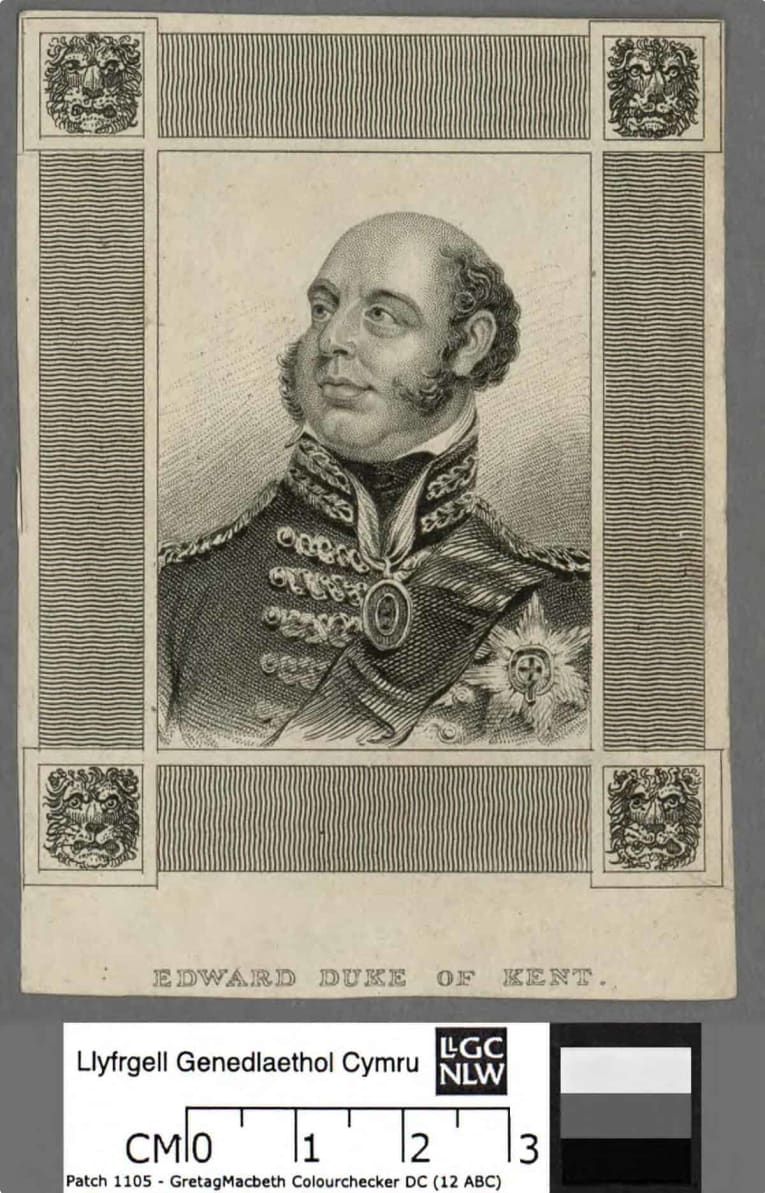
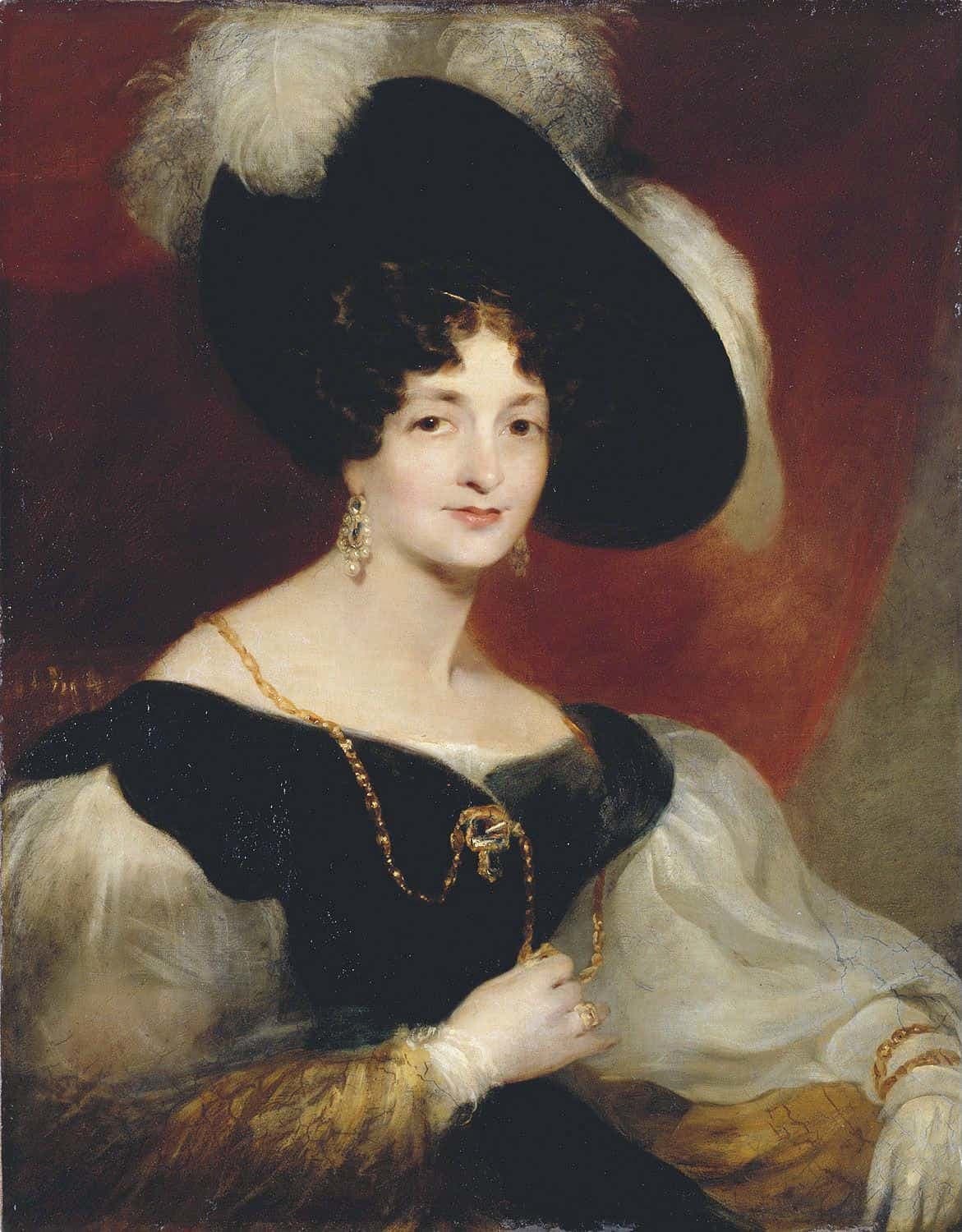
Princess Victoria
When Victoria was born she was fifth in line to the throne after her three elderly uncles and her father. Her father died when she was less than a year old and Victoria was left to the care of her mother, her mother’s close companion, Sir John Conroy, and a governess. They went to live in Kensington Palace on a limited budget but supported by her mother’s brother, Leopold of the Belgians, who had been married to the Princess Charlotte.
The young Victoria was raised to become queen in isolation from other children and under a strict regime. From an early age she was forced to travel through the country with her mother and Sir John so that she could be seen by the people. She was kept away, as much as possible, from her father’s family and always shared a bedroom with her mother. Privacy was almost impossible and she later wrote bitterly in her diaries about her unhappy childhood.
Victoria turned 18 on the 24th of May 1837 and a month later her uncle, William IV, died at the age of 71. It had been his declared intention that he would hang on to life until Victoria reached her majority at the age of 18 and thus avoid a regency of Victoria’s mother and Sir John Conroy, both of whom William detested.
Now that she was queen Victoria quickly took control of as much of her life as was possible. She removed her headquarters to Buckingham Palace and banished her mother and Sir John to a remote wing. She began to enjoy a social life and formed a warm relationship with the Whig Prime Minister, Lord Melbourne. Fortunately she fell in love with her cousin, Albert of Saxe-Coburg-Gotha, a match promoted by her mother and her mother’s brother, Leopold, and she married Albert in 1840. (A previous infatuation with the heir to the Russian throne had not been so favourably received.)
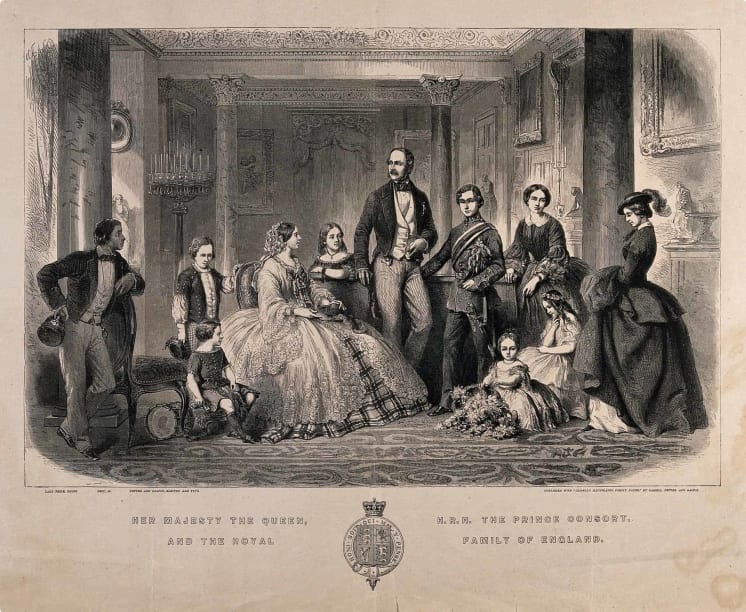
Queen Victoria- the early years
Over the next 21 years Victoria settled into a life of domestic bliss with her beloved Albert. They loved giving gifts to each other, many of the gifts romantic and even, to quote the Guardian, “risqué”, including nude and sensuous paintings. These gifts show a different side to the prudish image of Victoria. You can read more about it here.
His death after just 21 years of marriage almost destroyed her and the monarchy. She went into a serious decline and for the next 10 years took almost no interest in how Britain was governed. Gradually she emerged from seclusion and depression but she wore black for the rest of her long life.
Victoria reigned for 63 years and 7 months. The Britain of 1901, the year of her death, was a very different place from the one she had found when she first ascended the throne.
An overview of Britain in 1837
In 1837 Britain was in the early stages of the Industrial Revolution. The population had reached around 25.5 million and many of these people had started to move from a rural life sustained by agriculture, to one in the new industrial cities. By 1901 the population had more than doubled in England and Wales, though it had halved in Ireland (largely as a result of the potato famine). In 1901 the UK population was about 41 million.
In 1837 the Whig, William Lamb, Viscount Melbourne, was the Prime Minister. (The Whigs supported parliamentary government, free trade, the abolition of slavery, Catholic emancipation and extended suffrage for men. The opposition Tories supported the monarchy, the established Church of England and the landed gentry.) Only about one fifth of adult males had the right to vote but this gradually increased during her long reign. (Women, of course, were not given the right to vote in Britain until long after Victoria’s death. Queen Victoria had little sympathy with the women’s suffrage movement.)
The rights of women
Women had very few rights in the eyes of the law in 1837. On her wedding day a woman became one with her husband and after that she was expected to abide by all of his decisions. Her property and any money she possessed became his. Any money she earned during the marriage was also his, though he might condescend to give her an allowance. Any children of the marriage were also his and, before, 1839, he could expect to automatically gain custody of the children in the unlikely event of a divorce.
Living Conditions in Dickensian London
 London slums. Credit: Wellcome Collection. CC BY
London slums. Credit: Wellcome Collection. CC BY
Industrialisation brought greater prosperity for the moneyed classes. In 1837, however, living conditions for the factory working poor were generally appalling. Crowded conditions and poor sanitation resulted in low life expectancy among the poor. In 1837 life expectancy was in the late 30s, for those of the poor who actually made it into adulthood, but this had crept up to 48 by 1901. One child in four born alive in the poorer parts of the industrial cities in the 1830s could be expected to die before the age of five. Polluted water and damp living conditions were two of the main contributing factors, and tuberculosis remained unconquered (even among the wealthy) right through the period.
Medical advances
Great medical advances were made during Victoria’s reign. In 1837 most people, even doctors and scientists, had very little idea what caused disease. Cholera, typhoid, typhus and tuberculosis were rife, especially among the poor, as little attention could be paid to hygiene in the stinking, rat- and lice-infected slums of the new industrial cities.
In 1798, Edward Jenner had discovered that a cow pox vaccination could prevent small pox but it was not until 1854 that John Snow was able to demonstrate the connection between contaminated drinking water and cholera. Even then it took another 30 years before his findings were widely accepted. By 1875, however, the Public Health Act covered housing, sewage and drainage, water supply and contagious diseases. It provided Britain with the most extensive public health system in the world.
Louis Pasteur’s work (from the late 1850s) verifying the germ theory changed pathology and surgery forever, leading to the introduction of antiseptic procedures into surgery via the work of Joseph Lister. Infections and deaths after surgery fell sharply, especially after the introduction of the use of anaesthesia.
Sanitation
In the first half of the 19th century, it was thought that smells (miasmas) carried infection and it was only because raw sewage in the Thames caused a “Great Stink” in 1858 that Parliament finally decided to fund the building of a new sewage system, mainly, it has been claimed, so parliamentarians would not be affected by the dreadful smell. London’s population had doubled to reach two million by 1840 and most of the city’s waste was being discharged, untreated, into the Thames.

Joseph Bazalgette had been appointed chief engineer to the Board of Works in 1855 and came up with a plan to collect the sewage and move it some 10 miles downstream. An act of parliament was passed just two months after the “the Great Stink”. Bazalgette’s scheme was an extraordinary feat of engineering, involving the construction of a number of new pumping stations, 1100 miles of new sewers and the replacement of 165 miles of old sewers.
Most of the pumping stations, including the one at Crossness, were opened by royalty. The problem was taken out of sight (and smell) of the city but was still causing problems downstream. It was not until the 1880s that pressure on the government forced the building of the first treatment works. From then on, solid waste was collected at Beckton and Crossness, and only liquid waste was discharged into the Thames.
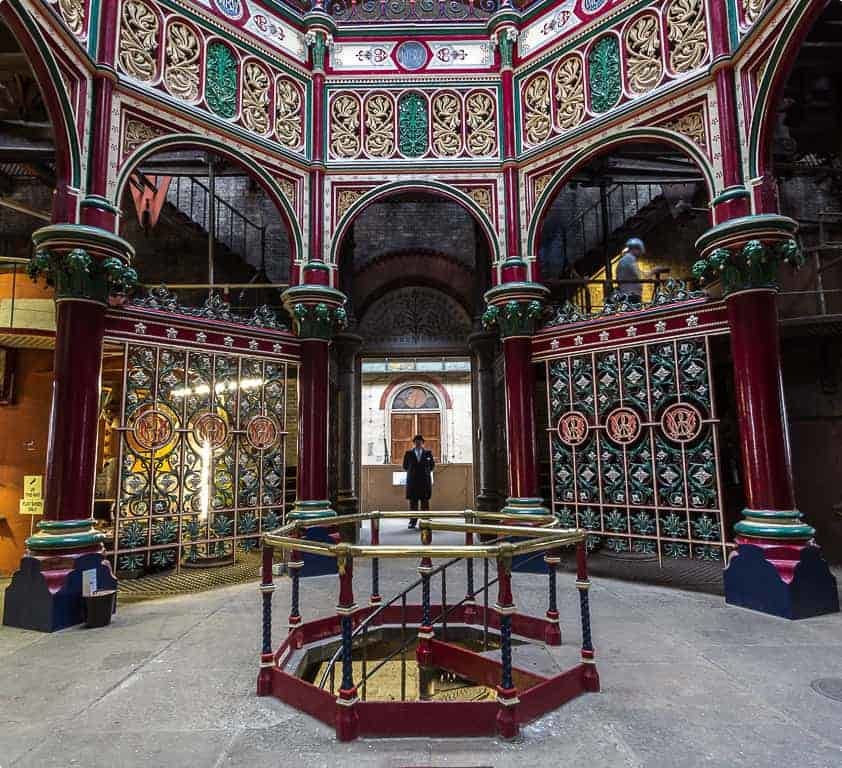
Public Transport
Methods of transport were also to change dramatically. In 1837 the railway system was just getting under way and the first tracks had been laid. By 1837 road and canal transport had improved, particularly under the influence of engineers such as Thomas Telford. Canals crisscrossed the country and by 1838 there were 2,200 miles of canals and 1,800 miles of navigable rivers providing transport to and from the new industrial towns and linking almost every factory and industrial town in Britain. Roads had also improved particularly through the introduction of tolls. And then came the trains.
The Stockton and Darlington freight line was opened in 1825. Large crowds gathered to watch as George Stephenson took the controls of “Locomotion” and used it to pull 36 wagons, loaded with coal and flour, over a distance of nine miles in two hours. Then in 1830 the Liverpool to Manchester line was opened to even greater excitement. Britain and the British were on the move. Transport costs were reduced and now the ordinary Briton with a few shillings to spare could travel for pleasure.
Isambard Kingdom Brunel, possibly the greatest engineer of the Victorian era, was already well into his career by the time Victoria came to the throne. Having already worked with his father on the Cross-Thames tunnel, in 1833 he was appointed chief engineer on the Great Western Railway running between London and Bristol.
In the ten years between 1836 and 1846 Parliament authorised 8,000 miles of line at a projected cost of 200 million pounds. When the Great Exhibition opened in 1851 most of the working people who poured in on “shilling days” came by train via the newly opened Kings Cross station.
Queen Victoria confessed to her diary in 1842 that she had been “quite charmed with it” after a rail journey from Windsor to London though Albert thought they were going a little too fast. Not everyone favoured the new railways, The Duke of Wellington complained about these “accursed railroads” and the critic and artist, John Ruskin, lamented the loss of the idyllic countryside.
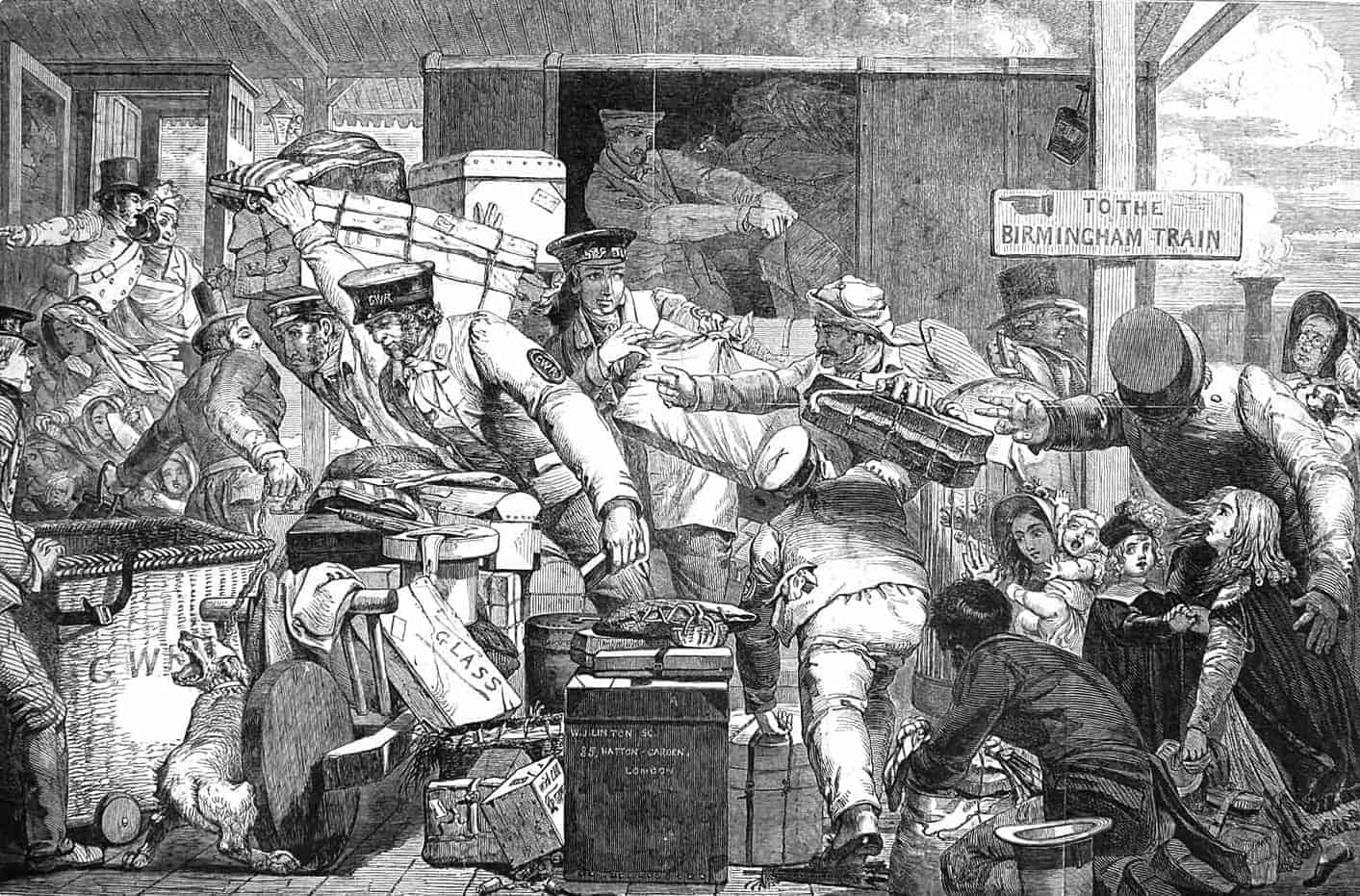
Ordinary people, however, took to the trains. By 1863, some 30,000 passengers a week were being transported underground between Paddington and the city. Fresh milk could now be bought in London and the other large industrial cities. Fresh fish and fresh vegetables also became readily available. Holidays to the seaside became much more affordable and coastal holiday towns such as Brighton and Blackpool developed.
Part 2 of 2 covers the art, architecture, entertainment, and education in Queen Victoria’s Britain.
Read more in our articles:
- Famous Personalities from Queen Victoria’s Britain
- Victorian Country Life
- Victorian Women’s Fashion
- Britain: First Industrial Nation
For more information on all of our tours to the British Isles, click here.
Originally published March 7, 2019.
Updated on October 11, 2019. Refreshed September 26th 2021.
Related Tours
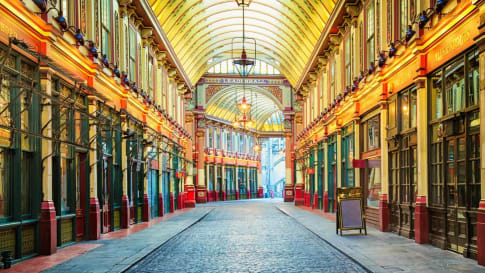
21 days
Sep, JunQueen Victoria's Great Britain: a small group tour
Visiting England, Scotland
A small group tour of England that explores the history of Victorian Britain. This escorted tour spends time knowledgeable local guides with travellers in key destinations in England and Scotland that shaped the British isles in this period including a collection of UNESCO world heritage locations.
From A$16,675 AUD
View Tour
From A$14,595 AUD
View Tour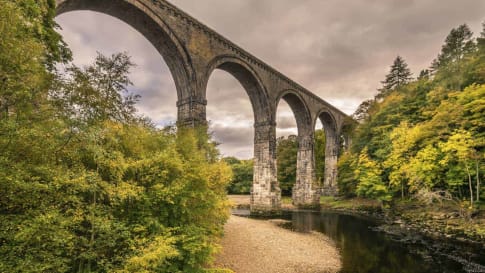
23 days
Oct, Apr, SepCanals and Railways in the Industrial Revolution Tour | Tours for Seniors in Britain
Visiting England, Scotland
A small group tour of Wales, Scotland & England that traces the history of the journey that is the Industrial revolution. Knowledgeable local guides and your tour leader share their history with you on this escorted tour including Glasgow, London, New Lanark & Manchester, Liverpool and the Lake district.
From A$18,750 AUD
View Tour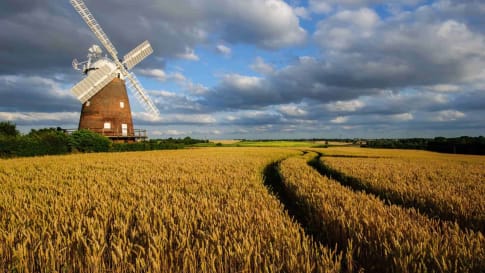
23 days
AprAgrarian and Industrial Britain | Small Group Tour for Mature Travellers
Visiting England, Wales
A small group tour of England that will explore the history of Agrarian and Industrial period. An escorted tour with a tour director and knowledgeable local guides take you on a 22 day trip to key places such as London, Bristol, Oxford & York, where the history was made.
From A$17,275 AUD
View TourRelated Articles
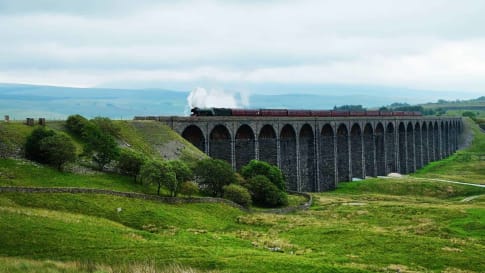
15 books on Britain's Industrial Revolution
Fifteen books on Britain’s Industrial revolution This reading list on Britain’s Industrial revolution complements Odyssey Travellers escorted small group tour that traces via the canal and railway network, the evolution of this monumental change in…
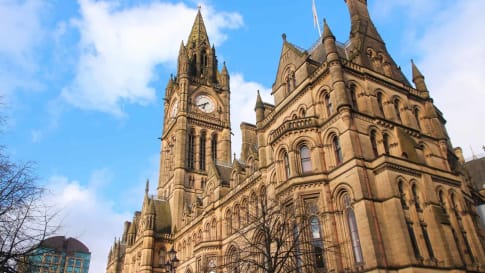
Bees in Manchester: a surprising symbol of the Industrial Revolution
Bees in Manchester: a surprising symbol of the Industrial Revolution The bee is an intriguing symbol for the city of Manchester. The city’s damp climate provided the ideal conditions for milling cotton. But this is…
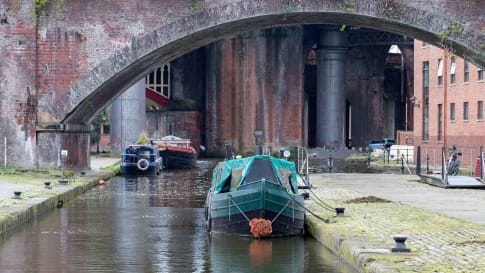
Britain: First Industrial Nation
Britain: The First Industrial Nation In the mid-18th century, the Industrial Revolution was largely confined to Britain. Historians and economists continue to debate what it was that sparked the urbanisation and industrialisation that would change…
England's Liverpool: Port City, Architecture Marvel
Article for educational small group tours about the Port City of Liverpool. An Architecture Marvel from Georgian times, built on trade, some good, some horrific. Read and learn more before joining a tour for senior couples and mature solo travellers interested in culture, learning and the arts.

London's Victorian Architecture: The Definitive Guide for Travellers
Small group educational tours for senior couples and mature solo travelers with History tours including those examining the Industrial revolution, Victorian Britain the Gilbert and Sullivan era via the D'Oyle Carte family and the cities such as Glasgow, Liverpool and Manchester.

Markets of Victorian London
Article about the markets of London as part of a small group educational tour of England, Scotland and Wales as well as Europe. Collection of Articles about Victoria and her England including the industrial revolution for senior couples and mature solo travelers.
Personalities from Queen Victoria's Britain
Article for senior couples and mature solo travellers exploring Queen Victoria's Empire including Britain and the personalities. Supports small group educational tour about the monarch and the industrial revolution.

Personalities from Queen Victoria’s Britain
Article for senior couples and mature solo travellers exploring Queen Victoria's Empire including Britain and the personalities. Supports small group educational tour about the monarch and the industrial revolution.

Queen Victoria's Britain part 2: The Definitive Guide for Travellers
Queen Victoria’s Britain (Part 2 of 2) This two-part article on Queen Victoria’s Britain was prepared by one of our Odyssey Program Leaders, Mal Bock. She will be leading this small group tour especially designed for…


